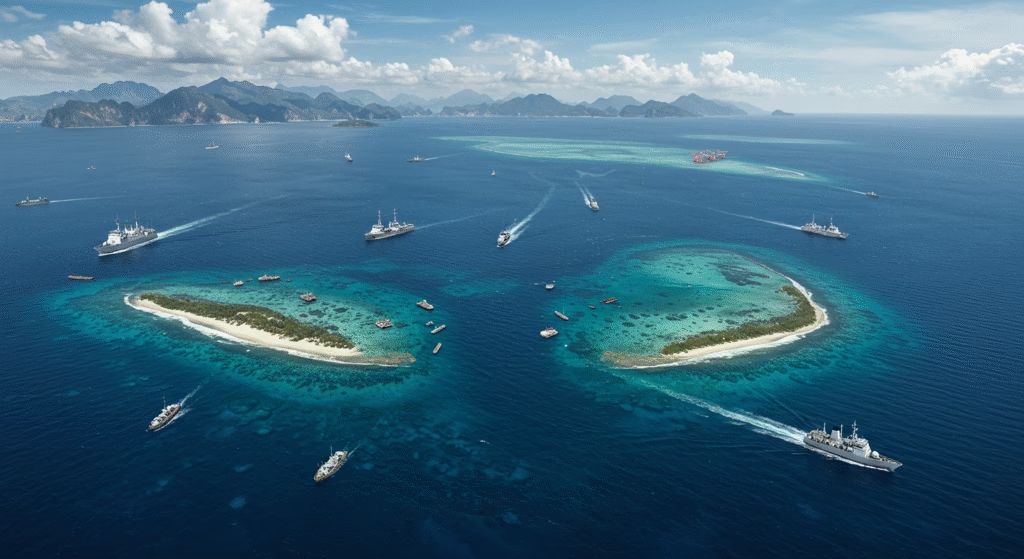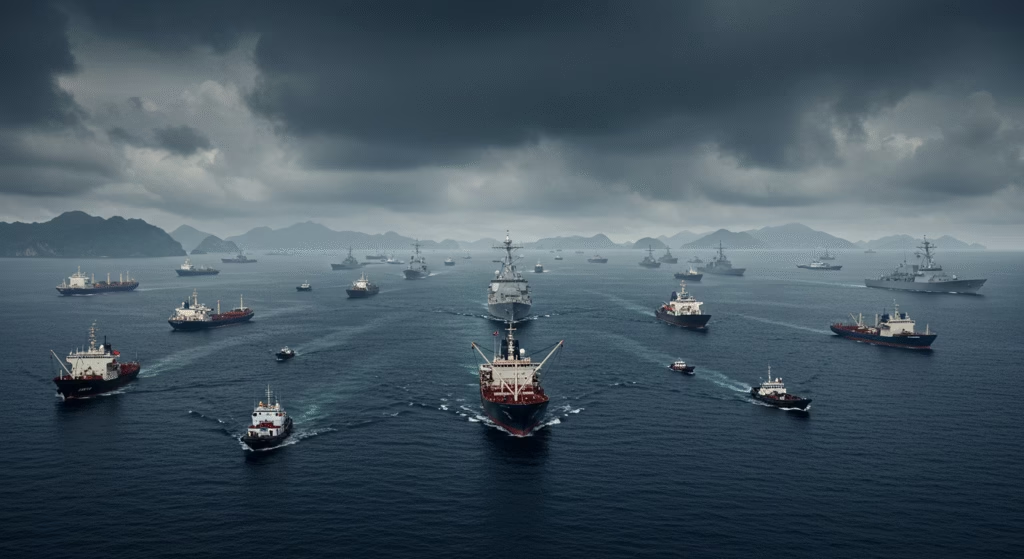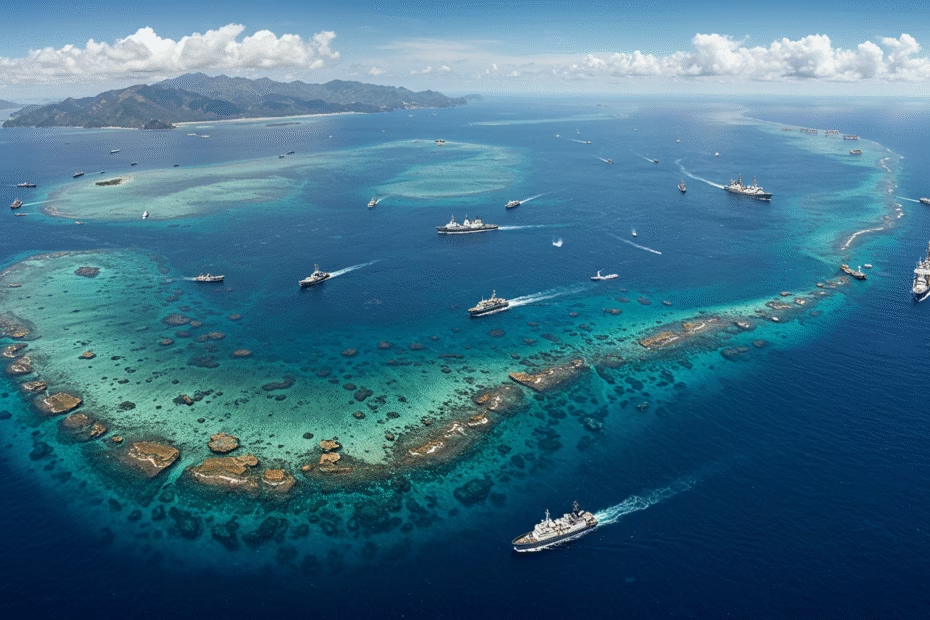Beijing’s Strategic Move: Seizure of Tiny Sandbank in the South China Sea Sparks Geopolitical Tensions.
Discover how Beijing’s recent seizure of a tiny sandbank in the South China Sea impacts regional stability, international law, and global trade routes. Dive into the geopolitical implications and why this move matters.
Introduction: A Small Landmass with Big Implications
In a move that has reignited tensions in one of the world’s most contested waterways, Beijing recently seized control of a tiny, previously unoccupied sandbank in the South China Sea. While the landmass itself may be insignificant in size, its strategic location has drawn sharp reactions from neighboring nations and global powers. This latest development underscores China’s continued efforts to assert dominance in the region, raising questions about maritime sovereignty, international law, and the future of stability in Asia.
What Happened? The Seizure in Context
The sandbank, located near the Spratly Islands—a hotly disputed archipelago—was reportedly transformed by Chinese dredging activities into a permanent outpost. Satellite imagery revealed the rapid construction of infrastructure, including a helipad and surveillance equipment. Analysts suggest this is part of China’s broader “island-building” strategy, which has seen it convert reefs and shoals into militarized artificial islands over the past decade.

Why This Sandbank Matters:
- Strategic Positioning: The sandbank lies along critical shipping lanes, through which $3.4 trillion in global trade passes annually.
- Resource Control: The area is rich in fisheries and potential oil and gas reserves.
- Military Advantage: New outposts extend China’s radar and missile coverage, challenging the presence of rival claimants and the U.S. Navy.
Historical Claims and the “Nine-Dash Line”
China’s actions are rooted in its controversial “Nine-Dash Line” claim, which asserts sovereignty over 90% of the South China Sea. This assertion, rejected by a 2016 international tribunal under the UN Convention on the Law of the Sea (UNCLOS), overlaps with claims by Vietnam, the Philippines, Malaysia, Brunei, and Taiwan.
Key Reactions:
- Philippines: Called the move “illegal and provocative,” vowing to strengthen alliances with the U.S. and ASEAN partners.
- Vietnam: Issued a formal protest, citing violations of its exclusive economic zone (EEZ).
- United States: Condemned the militarization, reaffirming freedom of navigation operations (FONOPs) in the region.
Legal and Environmental Concerns
Beyond geopolitics, China’s land reclamation raises urgent legal and environmental issues:
- Violations of UNCLOS: Artificial islands do not grant territorial rights, yet China uses them to enforce its claims.
- Ecological Damage: Dredging destroys coral reefs, threatens marine biodiversity, and disrupts fishing livelihoods.
- Precedent for Conflict: Smaller nations fear China’s actions could normalize coercive territorial expansion.
ASEAN’s Dilemma: Unity vs. Division
The Association of Southeast Asian Nations (ASEAN) has struggled to form a unified response. While members like Vietnam and the Philippines push for stronger resistance, others, such as Cambodia, lean toward Beijing’s influence. This fragmentation weakens regional diplomacy, allowing China to advance its interests unchecked.

The U.S. and Allies: Balancing Power in the Indo-Pacific
The U.S. has intensified its Indo-Pacific strategy, conducting joint military exercises with Japan, Australia, and India. However, direct confrontation risks escalation. Meanwhile, the EU and UN urge peaceful resolution through dialogue, though progress remains elusive.
What’s Next? Risks and Predictions
- Increased Militarization: China is unlikely to halt its construction projects, prompting rivals to bolster their defenses.
- Economic Retaliation: Countries may face trade pressures if they oppose Beijing.
- Diplomatic Pushback: The Philippines’ legal victory in 2016 could inspire new challenges in international courts.
Conclusion: Why the World Should Care
The seizure of a tiny sandbank is more than a regional dispute—it’s a microcosm of 21st-century power struggles. As China expands its maritime footprint, the rules-based international order faces unprecedented strain. For global trade, environmental sustainability, and regional security, the South China Sea remains a litmus test for resolving conflicts in an increasingly multipolar world.
Call to Action: Stay informed about evolving developments in the South China Sea. Share this article to raise awareness and follow our blog for expert analysis on global geopolitics.
Read another Article: DeepSeek AI ! Free AI Assistant Real-Time Search



